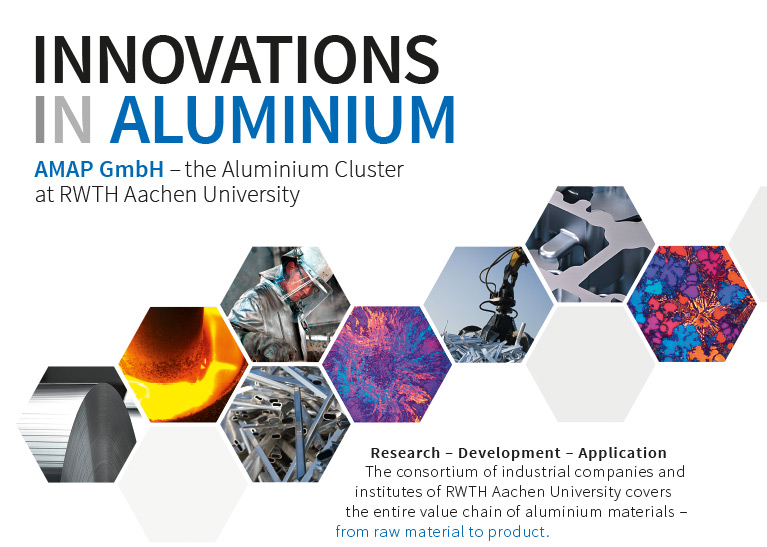Motivation
Detailed knowledge of the heat treatment process of aluminum castings has the potential to lower the energy consumption during heat treatment, take full advantage of the material’s potential and increase the competitiveness of the casting industry in general.
Property Prediction
Motivation
Detailed knowledge of the heat treatment process of aluminum castings has the potential to lower the energy consumption during heat treatment, take full advantage of the material’s potential and increase the competitiveness of the casting industry in general.
Method
The basis for the prediction of the mechanical properties after heat treatment is the detailed knowledge of the local thermal conditions throughout the process. The thermal simulation is provided by MAGMASOFT® (Figure 1).
To generate a better understanding of the precipitation process of hardening phases during heat treatment of aluminum castings, specimens of different alloys and microstructure will be subjected to a defined artificial aging and analyzed afterwards. This analysis will be done at a nanometer scale (Figure 2). In parallel, the mechanical properties corresponding to the respective aging condition will be characterized. Based on the observed precipitation characteristics of the different phases, a micro model will be calibrated and verified (Figure 3). This model will be used, coupled with the individual strength contribution of the size dependent hardening phases and the solid solution strengthening effect of the alloying elements. Resulting from these effects mechanical properties after artificial aging will be predicted.
Finally, the validation for a broad alloy and process window will be ensured by simulation and prediction of the final properties of real sand and permanent mold castings.
The companies Nemak and MAGMA together with the Institute of Physical Metallurgy and Metal Physics of the RWTH Aachen University form the project consortium.




